Micro Saas Ideas
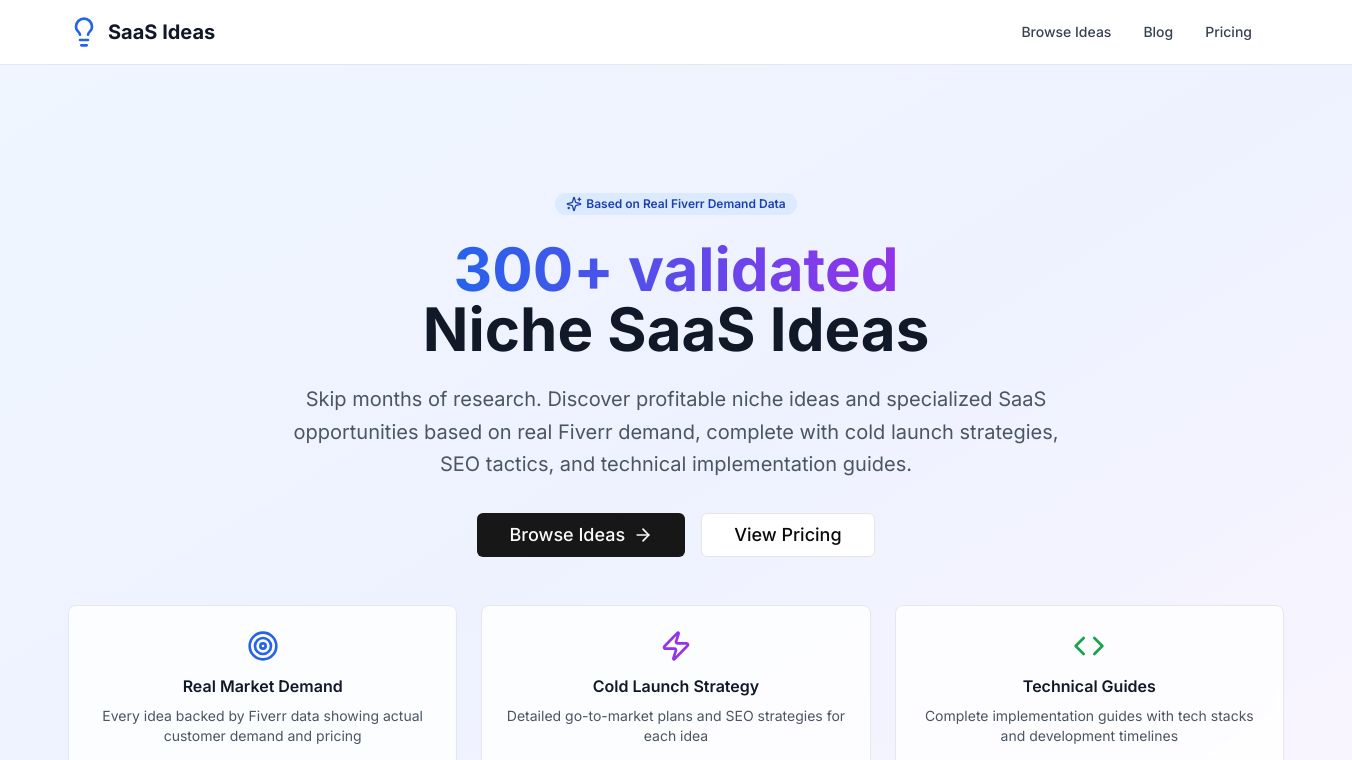
Micro SaaS Ideas: Finding Special Opportunities
Micro SaaS Ideas is a great place for entrepreneurs and solo business owners to learn about micro SaaS. This platform gives lots of information on how to find, create, and launch small, special software that meets specific needs. By focusing on small, less crowded markets, micro SaaS products can offer unique value to users while keeping costs low and competition minimal.
Benefits
Micro SaaS Ideas has many advantages for those who want to start a micro SaaS business:
- Niche Focus: By focusing on specific, less crowded markets, micro SaaS products can reduce competition and better meet user needs.
- Lower Development Costs: Smaller projects mean lower initial costs, making it easier for individuals and small teams to start.
- Faster Time to Market: Simpler projects allow for quicker development and launch, helping to test the product idea faster.
- Easier Marketing: Targeted marketing efforts can be more effective and cost-efficient, making it easier to get customers.
- Lower Customer Acquisition Costs: Getting and keeping customers in a niche market can be more affordable than in bigger markets.
- Simplified Operations: Managing a smaller user base and providing support can be simpler and less demanding.
- Opportunity for Growth: As the niche market grows, there is potential to expand and scale the product.
- Agility: The ability to adapt quickly to changing market needs is important for staying competitive.
- Reduced Risk: Lower financial risk makes micro SaaS a good option for solo entrepreneurs and small startups.
- Profitability: Lower overhead costs can help achieve profitability sooner, which is great for small businesses.
Use Cases
Micro SaaS Ideas can be used by different people and teams, such as:
- Solopreneurs: Individuals who want to start their own business with little investment.
- Indie Hackers: Developers and entrepreneurs who want to build and launch small software solutions.
- Small Teams: Groups of developers or entrepreneurs working together to create niche software products.
- Bootstrapped Startups: Startups with limited funding that need to develop products quickly and cost-effectively.
Top Micro SaaS Ideas
Micro SaaS Ideas lists some of the best micro SaaS ideas, including:
- On-Demand, Virtual 1:1 Mock Interview Platform: A platform for candidates to book mock interviews with experts.
- Voice-of-the-Customer Survey Tool: A tool for companies to collect and analyze customer feedback.
- Testimonial Management Tool: A tool for businesses to collect and share customer testimonials.
- Website Hosting Platform: A simple web hosting service for quick and easy website deployment.
- Remote Employee Engagement Platform: A tool for remote workers to provide reviews, recognition, and monitor progress.
- Influencer Marketing Campaign Tool: A tool for influencer discovery, campaign management, and analytics.
- Product Feedback Tool: A tool for collecting and analyzing feedback to make better product decisions.
- Small Hospital Management Tool: A tool for small hospitals to manage visitor management, admin tasks, finance, and scheduling.
- Personal Finance Tracker App for Salaried Professionals: A software for tracking income and expenditure and planning finances.
- Micro-Niche Personal Planner Tool: A personal planning tool focusing on a micro-niche.
- Sales Management Software for Artists: A software for artists to track orders and manage sales efficiently.
- Event Staff Scheduling Software: A software to schedule staff for various events and communicate effectively.
- Airbnb Property Management Tool: A tool for Airbnb property managers to assist with automation features and task management.
- Health & Wellness Platform for Elderly People: A platform for elderly people to manage various aspects of life, from pill reminders to activity monitoring.
- Student Feedback Software: A software for teachers to provide helpful feedback to students and parents.
- AI Virtual Assistant: A software that functions as a virtual assistant.
- AI Grader: A tool that can grade papers and leave feedback based on teacher-provided rules and information.
- AI Chatbot: A tool that allows companies to upload information about their solution, pricing, features, etc., and the system optimizes this information to reply to customer questions and help them navigate the website.
Building Your First Micro SaaS MVP
Micro SaaS Ideas provides a step-by-step guide to developing your first MVP using no-code tools. This guide includes:
- Define Your Product Vision and Objectives: Clearly outline what your MVP will accomplish and determine the core features that solve the main problem for your target audience.
- Choose the Right No-Code Platform: Select a platform based on the features your micro SaaS requires.
- Map Out User Flows and Design: Sketch the user journey through your MVP, from sign-up to main functionalities. Ensure the design is intuitive and focuses on user experience.
- Build the MVP: Use the drag-and-drop interface of your chosen no-code tool to assemble your application. Start with the layout, add essential elements, and set up basic interactions.
- Integrate Third-Party Services: Enhance functionality with integrations. Most no-code platforms support these integrations natively or through plugins.
- Test Internally: Before launching publicly, conduct thorough testing to ensure everything works as expected. Check for bugs, user experience issues, and workflow continuity.
- Launch and Collect User Feedback: Deploy your MVP and gather feedback from real users. Monitor how users interact with your MVP and what features they use the most.
- Iterate Based on Feedback: Use the insights gained from initial users to refine and improve your MVP. Prioritize changes that directly impact user satisfaction and retention, and plan for additional features that were requested by your users.
Checklist for Launching a No-Code Micro SaaS
Micro SaaS Ideas provides a detailed checklist for launching a no-code micro SaaS, including:
- Micro SaaS Ideation Phase: Identify a niche, validate the idea, define your target audience, and set clear objectives.
- Micro SaaS Development Phase: Select a no-code platform, design user experience, build the MVP, and integrate necessary tools.
- Micro SaaS Testing Phase: Conduct internal testing, release your MVP to a limited audience for beta testing, and incorporate feedback.
- Micro SaaS Launch Phase: Prepare marketing materials, set up analytics, launch publicly, and gather and analyze user feedback.
- Post-Launch Phase: Iterate based on insights, plan for scaling, and continuously update your application based on user feedback and emerging market needs.
Tips for Overcoming Common Challenges Faced by Micro SaaS Businesses
Micro SaaS Ideas offers tips for overcoming common challenges faced by micro SaaS businesses, including:
- Customer Acquisition: Use content marketing, paid advertising, and offer free trials or demos to attract new customers.
- Limited Resources: Automate where possible, outsource non-core activities, focus on core features, prioritize spending, and seek funding if necessary.
- Customer Retention: Implement feedback loops, enhance customer support, offer regular updates, and keep your product fresh and engaging.
- Scaling Your Micro SaaS Business: Monitor performance metrics, expand your offering, build a community, and prepare your SaaS for scaling by enhancing features and upgrading your no-code platform if necessary.
The Future of No-Code Micro SaaS Businesses
Micro SaaS Ideas talks about the future of no-code micro SaaS businesses, highlighting the growing demand for tailored, scalable solutions that can be quickly adapted and easily managed. As the digital world changes, no-code platforms are likely to include more advanced features like AI, machine learning, and deeper integrations with big data. This will enhance their capabilities and open up broader possibilities for personalized and niche applications.
Conclusion
Micro SaaS Ideas provides a comprehensive guide to identifying, developing, and launching micro SaaS products. By focusing on niche markets and leveraging emerging technologies, entrepreneurs can create targeted, scalable solutions that cater to specific audience needs. With dedication and strategic execution, 2024 could be the year you launch your own profitable micro SaaS venture.
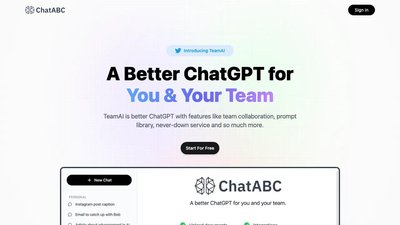
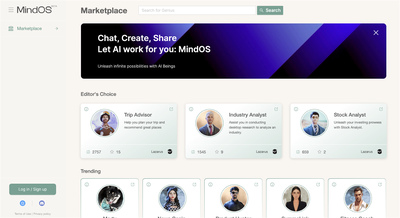
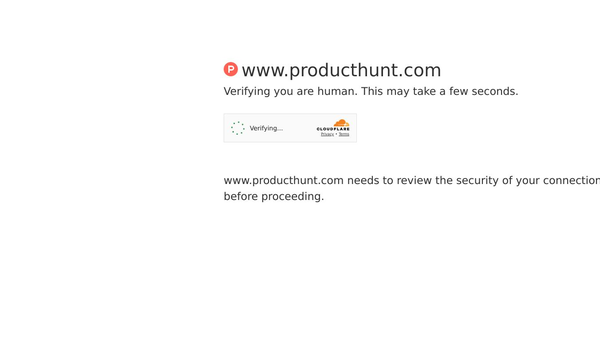

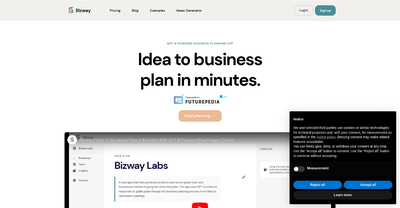
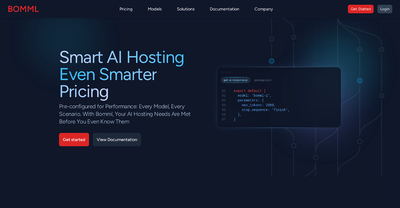
Comments
Please log in to post a comment.